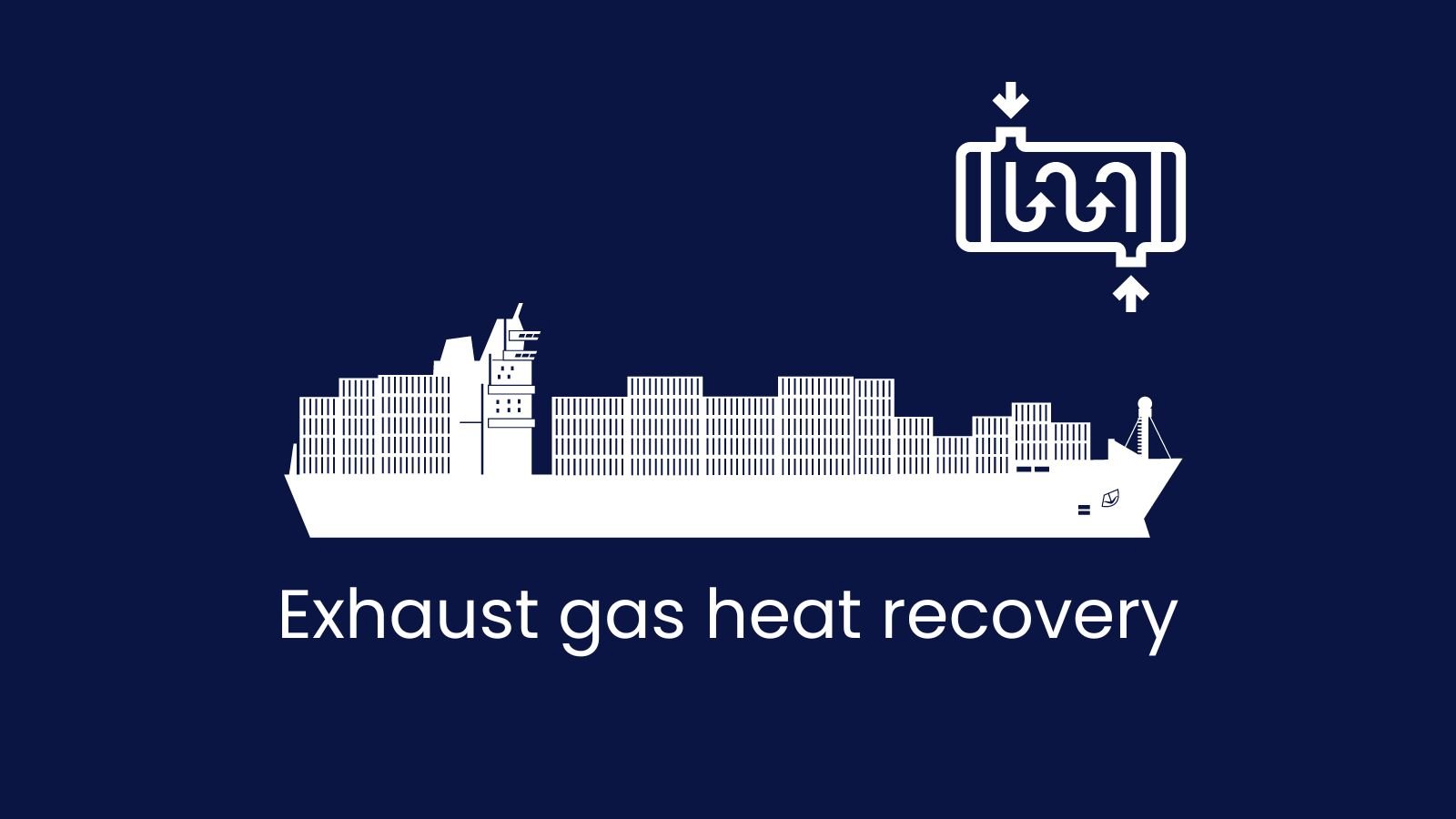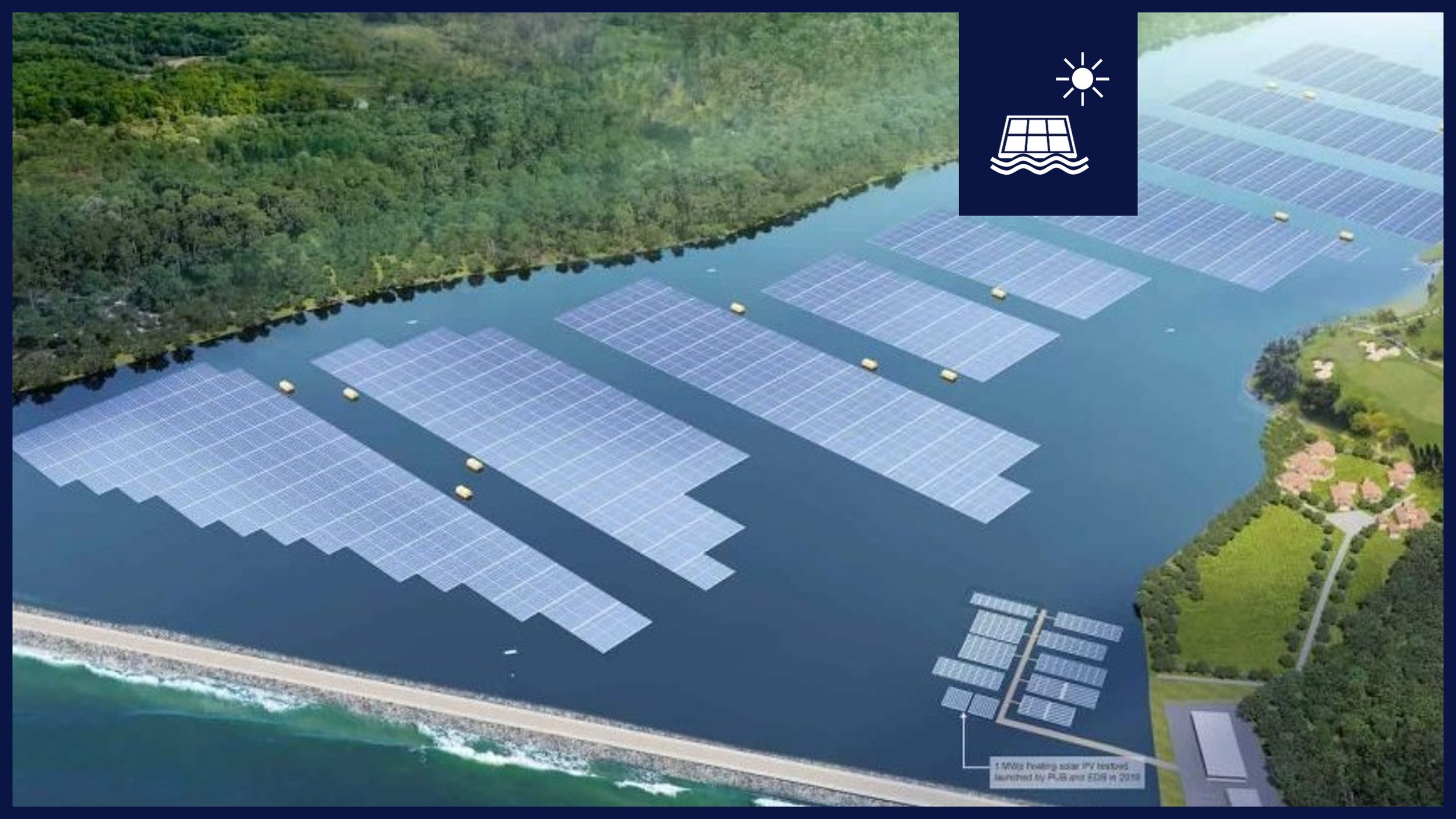Case studies | Find examples on decarbonization measures, costs and regulations to benchmark your business case
Neste Renewable Diesel Handbook
Neste Corporation calls its own HVO product “Neste Renewable Diesel”. The common acronym “HVO” comes from the terms “Hydrotreated Vegetable Oil”. It meets the requirements of EN 15940 for paraffinic diesel fuels and is allowed as a blending component in EN 590 B7 diesel fuel. It is a high quality fuel that can be used to enhance the properties of the final diesel blend. No modifications to vehicles required and it has the same torque and maximum power as with fossil diesel fuel in modern engines.
The State of Methanol as Marine Fuel 2023
This blog is a state of the use of methanol as marine fuel as “quick” reference for shipowners. Key points include costs for retrofitting the ship and engine, range between € 250-€650 per kW, elaboration on IGF code for low flashpoint fuels and technical considerations for conversion and working with methanol. Availability for methanol is good, but bunkering for large vessels mostly non-existent. Methanol price per kilogram is historically lower than regular MGO.
Marine Exhaust Gas Heat Recovery Systems
Marine exhaust gas heat recovery systems can be a useful measure to reduce fuel consumption by 5% for typical cases, with up to 15% for favourable engine and ship characteristics. As a rule of thumb, heat exchangers become more efficient and cost-effective the larger your engine becomes. Conversion of heat to electricity is recommended for diesel-electric vessels, as well as the use of engine cooling water instead of exhaust gas heat.
Decarbonizer Tutorial
This tutorial will show you how to use the Decarbonizer in order to get a personalized roadmap to decarbonize your vessel. In just a few clicks, you receive freely available insights into which carbon reduction measures are best suited for your vessel.
Specific Fuel Consumption [g/kWh] for Marine Engines
Specific Fuel Consumption (SFC) of marine engines ranges between 155 and 200 g/kWh on optimal load settings, mostly dependent on engine speed (low, medium, high). Specific fuel consumption increases dramatically for approach at low power (30% Pmax) and especially at idle (7% Pmax).
What is the carbon footprint of steel?
Weighted average carbon footprint of steel is 1.85* tons CO2 to 1 tonne steel produced according to Mckinsey and the World Steel Association.
Meet Flind
Flind is a dashboard that gives you insights on your vessel’s energy consumption and emissions. For free.
What is carbon insetting?
Reducing carbon emissions in the shipping sector can be hard and expensive. Carbon insetting is a way to compensate for emissions that you are unable to mitigate within your normal operations - or are too costly to mitigate - but can be mitigated at other places in your fleet or the sector. Carbon insetting is simple, scalable and perhaps most importantly: almost all vessels can do it without the need for retrofitting or upfront investment costs.
BP and Ørsted launch green hydrogen project at German oil refinery
BP and Ørsted have partnered to develop a zero-carbon hydrogen at BP’s Lingen Refinery in north-west Germany, BP's first full-scale project in a sector that is expected to grow rapidly. The 50 MW electrolyser project is expected to produce 1 ton of hydrogen per hour - almost 9,000 tonnes a year - starting in 2024. The project could be expanded to up to 500 MW at a later stage to replace all of Lingen’s fossil fuel-based hydrogen.
What Is Green Hydrogen And Will It Power The Future?
Hydrogen is a clean-burning molecule, meaning that it can help to decarbonize a range of sectors that have proved hard to clean up in the past. But today, most hydrogen is produced from CO2-emitting fossil fuels. Hydrogen produced from renewable electricity, known as green hydrogen, could be the solution to cutting our carbon footprint. But first, it must overcome a number of challenges.
World’s Largest Direct Air Capture Facility to Capture CO2 Under Development
The facility from 1PointFive and Carbon Engineering will capture CO2 directly from the air and store it safely, permanently and securely deep underground in geological formations.
One of World’s Biggest Inland Floating Solar Systems begins construction in Singapore
Solar PV is integrated with the local water treatment system on Tengeh Reservoir in Singapore, offsetting 6% of its annual energy needs for 25 years.
Poseidon Pilot - Offshore Hydrogen
Claimed to be the first offshore green hydrogen project, this pilot-project will have an electrolyzer producing green hydrogen from seawater on board the Q13a platform in the Netherlands.
The Case for Floating Solar
People think we need energy. Truth is, we do not. We need heating, lighting and transportation. At the right place, on the right time. Generating energy is not the issue, the trick is how to transform it into useful energy and store it. So how can we combine the cheapest form of energy generation with energy storage? What is the best place to generate gigantic, ridiculous amounts of energy? As in tenths of gigawatts, the size of small countries? In the desert with solar energy? Think again.
Northern Lights CCS
According to Equinor, carbon capture and storage will be vital to reach the global climate goals of the Paris Agreement. They are very pleased that the Northern Lights partners and leading European companies have taken the first steps to realize a European CO2 transport and storage system! In simple terms, carbon capture and storage deals with removing CO2 from emission sources and storing it permanently underground, so that it is not released to the atmosphere.





![Specific Fuel Consumption [g/kWh] for Marine Engines](https://images.squarespace-cdn.com/content/v1/6155b5bdada6ea1708c2c74d/1648964928391-9V8YI4YWZV9U4JN69S8N/SFC.png)









